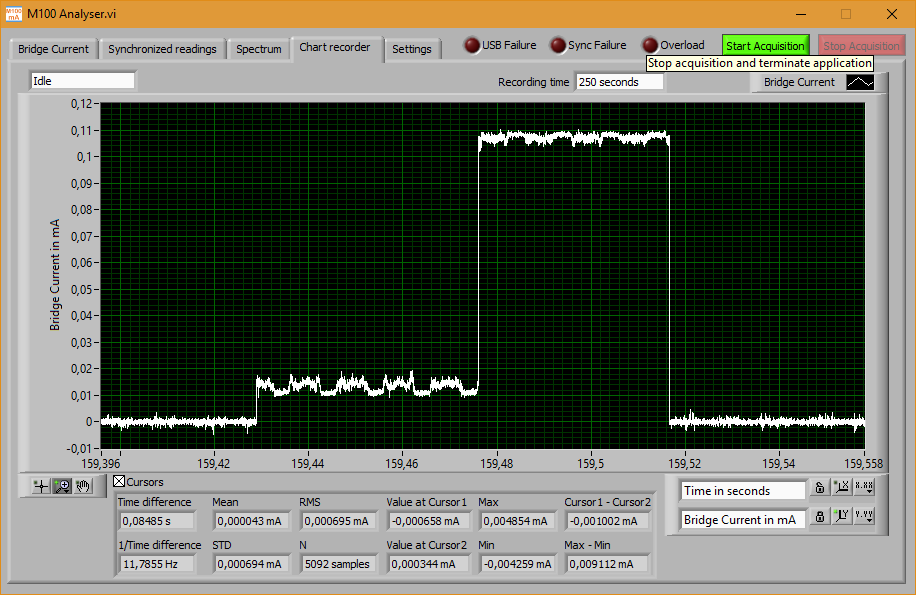In my application I am not using D+/D- detection and I set the USB current limit via I2C. In my previous prototype I left D+ and D- pins floating and it worked fine. What will happen if I connect both D+ and D- pins to PGND? Will this cause any electrical problems (short circuits, noise, oscillations..) and what state will be detected?
I am considering this option in order to add another route under D+ and and D- pins from thermal pad and PGND pins to vias toward ground plane (I had some problems with ground bounce in my previous design...)
Valentin



